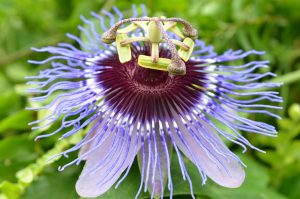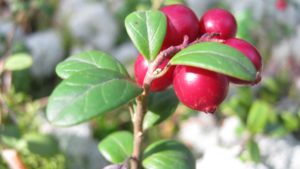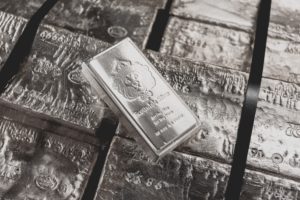Why You May Not Be Benefiting from Your Herbal Medicine
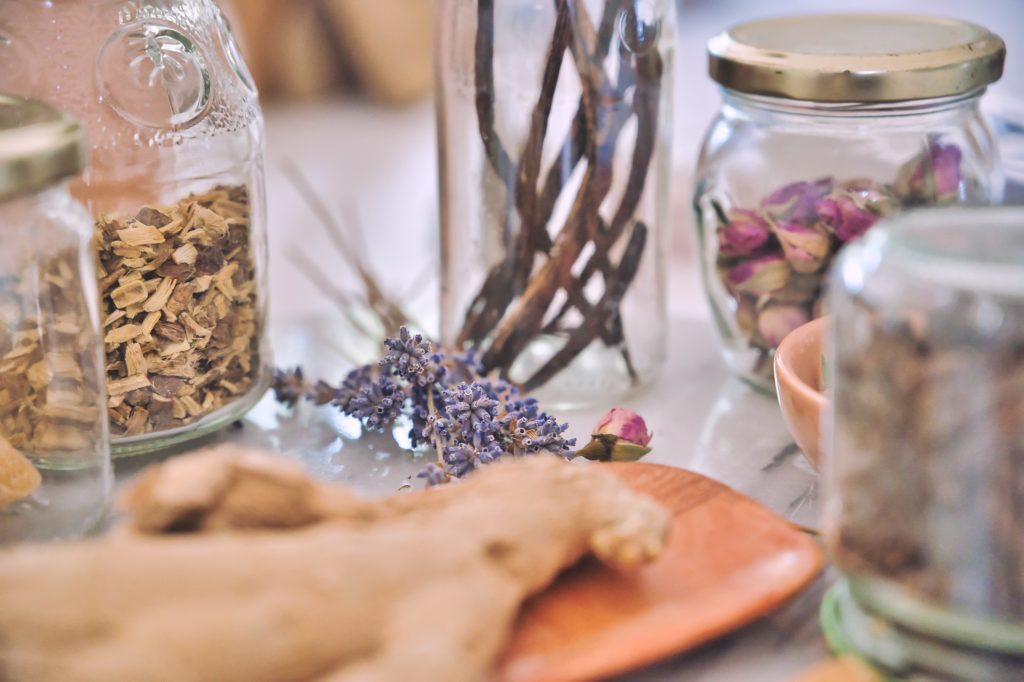
Historically, herbal medicine was more of an art, with an herbalist continuing to learn the nuances of different herbs and how they can be combined to make an effective treatment. Yet in today’s world, herbal medicine is often oversimplified, with people thinking they can relieve their depression if they take St. John’s Wort, or keep their brain healthy with an herbal product that contains Ginkgo biloba. In some cases, you might respond well to these herbs. In others, you might not. Understanding how herbal products are formulated and the factors that influence their effects can go a long way to better understanding how to get the most benefit out of any herbal medicine.
A number of factors play into the efficacy of herbal supplements. Understanding all of these factors can help to maximize benefits from any herb:
- Utilizing the proper plant
- Whole herb versus extractions
- The different types of herbal extractions
- The amount of active ingredient
- Growing conditions and time of harvest
- Dosage
Utilizing the Proper Plant
While herbal products may claim to contain a certain herb, in reality, they may actually contain a similar species. While similar plants may contain similar constituents, they may also have different toxicity profiles. Estimates suggest that between 20-80% of herbal products have some adulteration (Srirama 2017). This can include the addition of plants with a similar appearance or different plant parts with similar constituents.
A good example of potential adulteration is the herb kava kava, often recommended for its effects on reducing anxiety. Cases of liver toxicity from commercial kava preparations started to appear around 2001 (Whitton 2003). Kava has a long history of safe indigenous use when prepared and utilized through traditional methods (Clough 2003). While debate remains, data suggests that liver damage from kava may be related to the use of an inferior, but related, type of kava plant. Additionally, there are concerns that plant parts other than the root, which was the traditional part utilized in kava ceremonies, may have also slipped into commercial products (Teschke 2011).
While questions still remain around cases of liver toxicity and kava, it is a good example of the need for using the proper plant materials to achieve the desired medicinal effects. Plants can have roots, stalks, leaves, flowers, fruits, seeds and bark. All of these components have different constituents and are not necessarily interchangeable. When using an herb, it is critical to know the right part of the plant that contains the proper constituents for the medicinal effects desired. When an herbal preparation is a powder in a capsule, it can be extremely difficult to know if the proper components were utilized.
Whole Herb Versus Extractions
The simplest herbal preparations are based on whole dried herbs, commonly from leaves, flowers, seeds or roots. Typically, modern products that contain whole herbs are dried and ground, the powder then being placed in capsules. While whole herbs contain all of the herb’s constituents, they are not concentrated. As such, they often require higher dosing than extracts. In some cases, whole herb is also not the standard preparation and could increase the risks for side effects with ingestion.
Reishi mushrooms are a classic Chinese herbal medicine used as a tonic. Traditionally, the herb was used as a water decoction, a type of tea with a long boiling time to further extract water-soluble components. Generally, water extracts of reishi mushrooms are safe. Yet many products on the market contain whole ground reishi mushrooms. Unfortunately, powdered mushroom products appear to increase the risks for liver toxicity (Wanmuang 2007). Using herbs in the safest available form is always advisable.
The Different Types of Herbal Extractions
In order to concentrate herbal constituents and make them easier to consume medicinally, herbs are often extracted. The simplest extraction method is by using hot water, but numerous other extraction methods exist.
In European herbal medicine, there is a history of using alcohol extractions to produce tinctures. These tinctures store well, with alcohol acting as a preservative. However, alcohol extractions can get more complex, since the percentage of alcohol can vary the type and amount of herbal components extracted. An herb extracted in 190-proof grain alcohol will likely release different constituents than the same herb extracted in 80-proof vodka. Furthermore, extracting fresh herbs in alcohol as compared to dried herbs can yield dramatically different results.
More recently, other chemicals have been utilized to produce herbal extracts. These include fairly toxic compounds like methanol, chloroform, ether and acetone. Each of these chemical solvents will produce a different herbal product from the same herbal starting material. Obviously, for toxic solvents, there are concerns for residual chemical levels within the final product.
And yet other extraction methods can yield very different preparations. Distillation is used to produce essential oils. These compounds contain the volatile, or easily evaporated, constituents of a plant, leaving behind all of the denser materials that do not easily boil away. Using rosemary essential oil is different from whole rosemary herb which is also quite different from an alcoholic extract of rosemary leaves.
The Amount of Active Ingredient
As an attempt at standardization, some herbal products are certified to contain a certain percentage of a compound. For a batch to be approved for use, it may need to contain a specific amount of a constituent that is thought to be vital for its medicinal effects.
For example, St. John’s wort is often extracted to hypericin content. While this can help to standardize an herb for that one constituent, it may not be the best medicinal approach. Controversy exists around the active constituents in St. John’s wort, with some research suggesting that a different component, hyperforin, may also be critical for its medicinal effects. Depending on the extract, a product that contains a specific amount of hypericin may have widely varying amounts of hyperforin (Butterweck 2007).
While standardization can be helpful for consistency, if herbs aren’t standardized properly, they may still lack or have reduced levels of other important components.
Growing Conditions and Time of Harvest
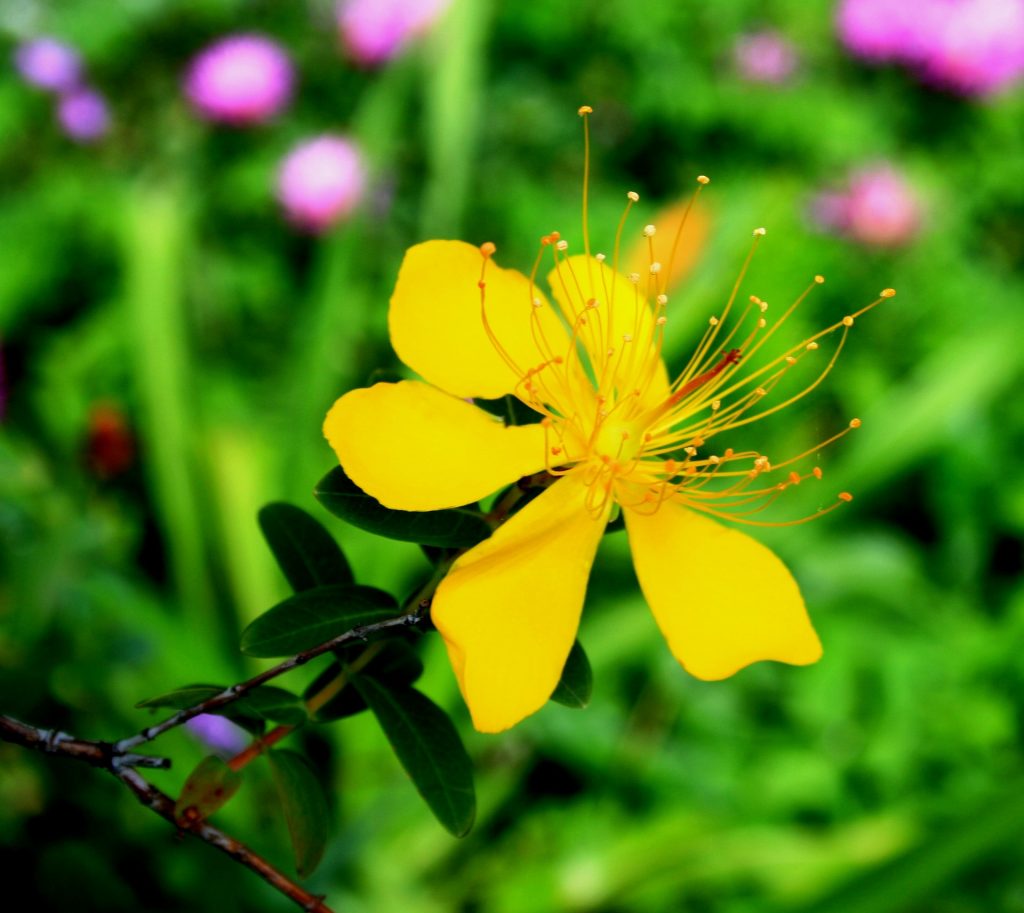
To further complicate matters, the stage of a plant’s development and the growing conditions can profoundly affect constituents. Sticking with St. John’s wort, the phase of flowering can dramatically change the level of hyperforin. Since hyperforin is found in the developing fruits, the plant must be collected at the end of its flowering cycle to contain appreciable hyperforin. If St. John’s wort is collected too early, it may lack hyperforin almost completely.
Studies on black mulberry have also shown similar effects. Anthocyanins are often key medicinal compounds. Anthocyanin levels found in the stems from mulberry trees were more than seven times higher in extracts produced from plant material collected in October versus plant material collected in February (Syvacy 2004). That is a profound difference from the same plant material.
Plant stressors can also influence constituents, from insects to soil and growing conditions (Wu 2010, Selma 2012). When plants are being attacked by insects, they often upregulate chemical constituents in an attempt to repel them. These constituents can obviously change the therapeutic and toxic potential of the plant material.
Dosage
Based on the type of plant material being utilized, dosages can vary profoundly. Raw powdered herb often requires higher dosing to achieve therapeutic levels. The kitchen spice turmeric contains anti-inflammatory compounds called curcuminoids. In the root, curcuminoids are usually present in levels between 3-8% (USDA 2022). However, standard extracts are usually around 95% curcuminoids. In other words, it could take 20 capsules of raw turmeric powder to get the same dose of curcuminoids as a single capsule of turmeric extract.
Knowing the difference between formulations can mean the difference between ineffective and effective or safe and toxic doses of a plant.
Conclusion
Herbal medicine is complicated, often more complicated than just assuming a specific plant can treat a specific condition. Knowing the right part of the plant, when and how it was grown, the extraction process, and the known levels of constituents can also dramatically change the quality of the final herbal material. It’s not surprising that research into herbal medicine is sometimes contradictory or confusing as many of these variables are often overlooked or completely unknown in the herbal treatments utilized.
When it comes to herbal medicine, working with someone knowledgeable in herbal preparations can be important. This can help to maximize benefits while maintaining safety. It’s also worth questioning the quality and efficacy of products readily available. Always purchase herbal products from a reputable source that has well established quality controls.

